
Eagle Feathers #178 – Brick by Brick
By Bob (Monty) Doherty
If you live or work in a house or building constructed of brick, the odds are you share a sense of warmth, comfort, security, and shelter you might not necessarily get from another type of construction. Brick is down to earth. It has ancient roots and its origins go back over 7,000 years.
Wet sand and sunbaked bricks have survived many thousands of years, as well as the billions of today’s modern kiln-baked clay bricks. Somerville’s first cornerstone was her brick industry. She had superior clay, the best of sand and a location next to our capital city.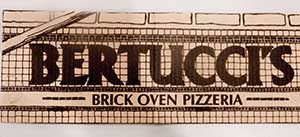
Brick manufacturing in Massachusetts began as early as 1629, the year of Charlestown’s charter. Charlestown’s Peter Tufts built a brick home for his son in Medford in 1678. It is the oldest brick house in New England; and through the years, this extended family became large landowners and brick makers in both Medford and Somerville.
The underlying clay surface of the two towns produced an industry that spawned dozens of brickyards. Somerville alone had over twenty, and they contributed to the building of Somerville, Boston, Lowell and other cities and towns.
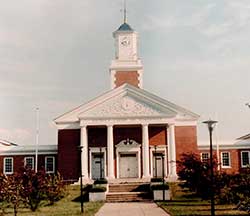
Somerville has been acquainted with bricks as far back as Colonial times. Early European ships used bricks for ballast while en route to their provinces. Some of the many artisans that Governor Winthrop brought with him were men who could build hearths and chimneys. Look around next time you walk or drive through town.
Bricks saturate our neighborhoods and envelope private homes, businesses and religious buildings. For over 150 years, most of the city’s municipal buildings, firehouses, police stations and schools have been adorned with brick. They cover sidewalks and crosswalks, patio and plazas, and grace porticos throughout the city.
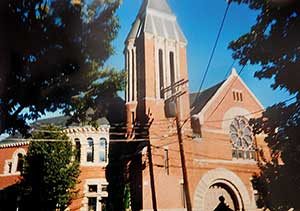
From the heights of its tallest smokestacks to the depths of its storm drains and sewers, city bricks still perform. Brick Bottom, a section of the city near Washington Street and McGrath Highway, was once a village where many of the workers lived. It encircled the many clay pits located near Union Square. Bricks were never inexpensive.
Somerville was once called the City of Homes and her most exclusive residences had full brick foundations. Less costly homes had below ground fieldstone foundations with above ground brick basement skirts. Brick making and laying has always been an arduous and honorable occupation.
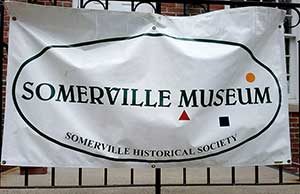
Somerville’s Sanborn bricks were known as some of the best-made bricks of their time. William Sanborn, wishing to mark his best grade product, stamped these bricks with a prominent letter “S.” They can be found on the sidewalks at the Somerville Museum and throughout the city. There were many conflicting opinions throughout the years that the “S” represented Sanborn versus Somerville. Either way … they are a superior representation of the city … Somerville is brick solid!
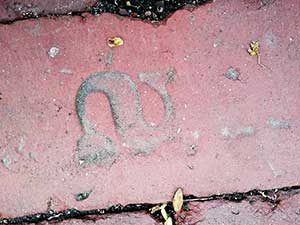












Reader Comments